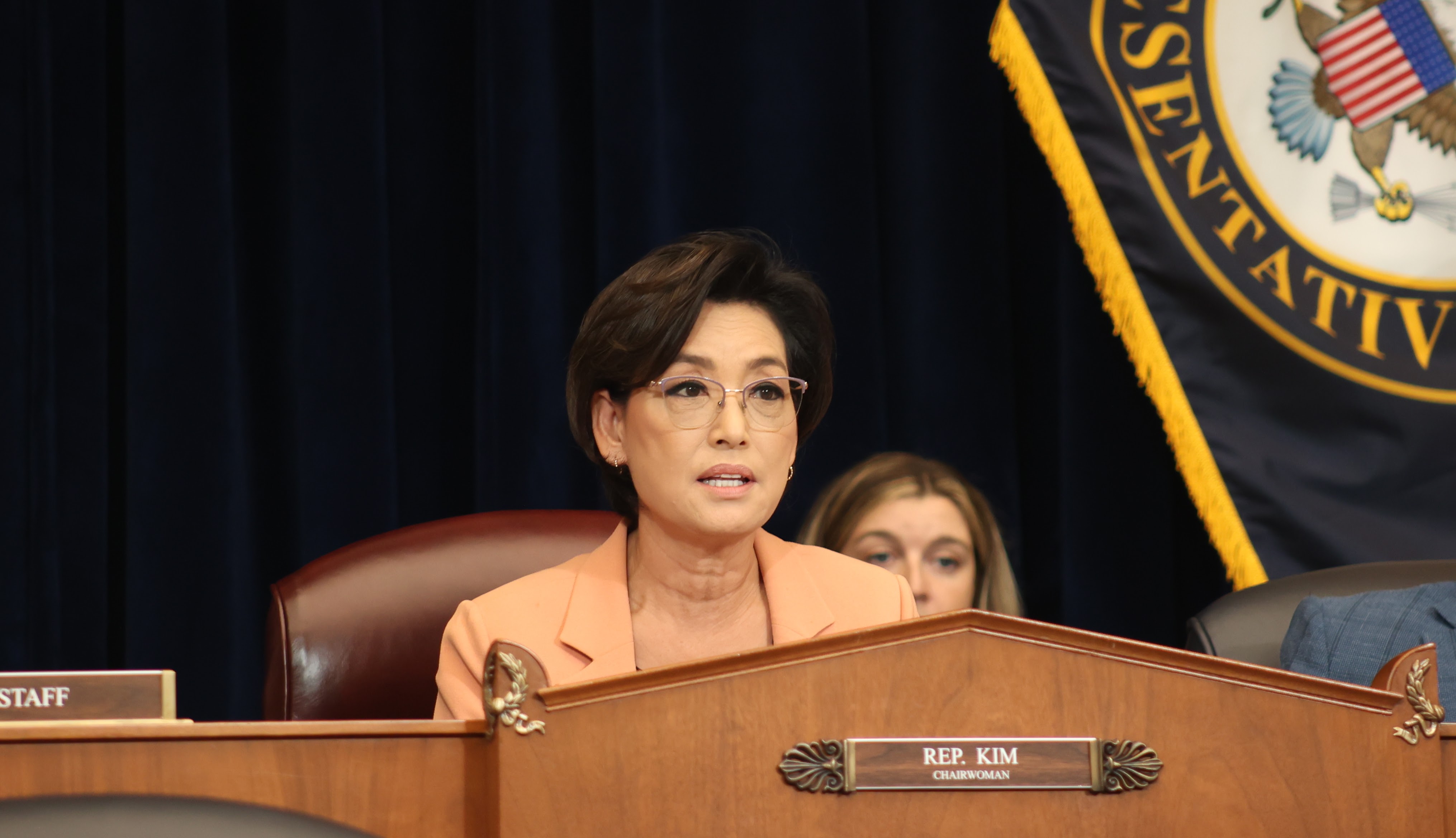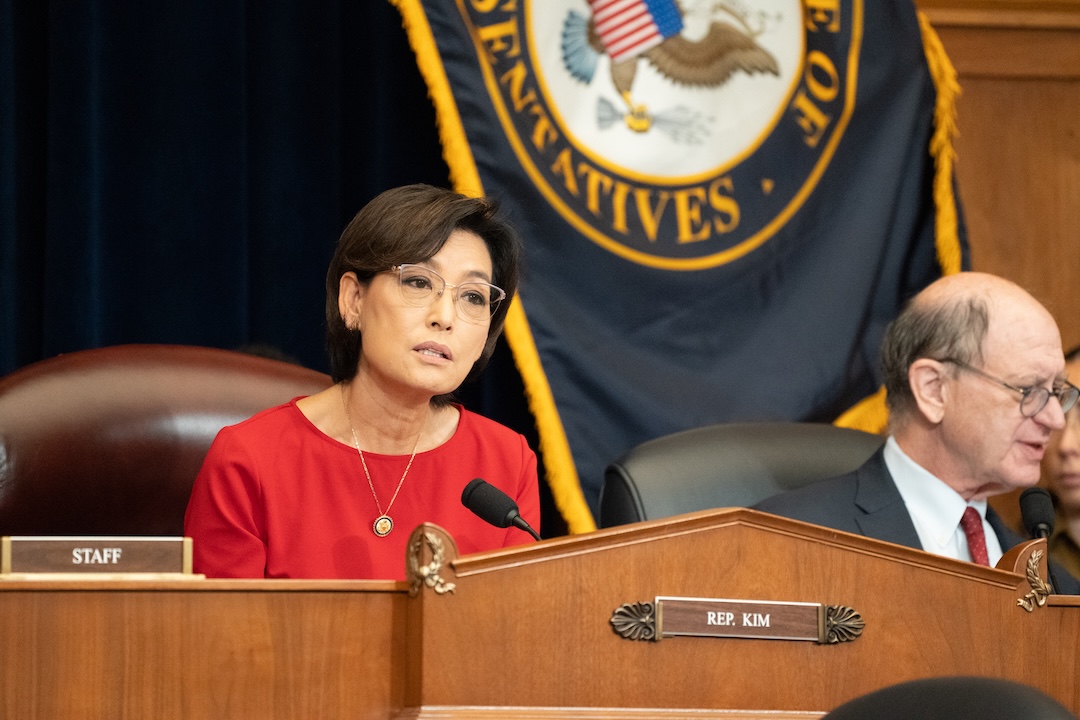Lawmakers from both parties are taking aim at NASA’s recent decision to cut funding for its own mission to bring Martian samples back to Earth, calling the move “short-sighted and misguided” and claiming it will cost jobs in California.
The goal of the Mars Sample Return mission is to bring rocks and dust collected by the Perseverance rover on the Martian surface back to Earth in 2033. But the program’s cost estimates have skyrocketed, and uncertainty over whether Congress can agree to a full-year budget prompted the space agency in early November to slow down the program.
That didn’t sit well with six California lawmakers, who urged the space agency to reverse its decision to proactively cut funding to the program and instead wait for the appropriations picture to be sorted out before they adjust.

It’s time to break the cycle. It’s time to update the system.
Under pressure from student loans, high housing costs and high inflation, many see crypto and blockchain technology as a tool to take control of their financial futures and help break the cycle.See More
“This short-sighted and misguided decision by NASA will cost hundreds of jobs and a decade of lost science, and it flies in the face of congressional authority,” the lawmakers wrote in a letter obtained by POLITICO. “We are mystified by NASA’s rash decision to suggest at this stage of the appropriations process that any cuts would be necessary.”
The letter, addressed to NASA Administrator Bill Nelson, was led by California Rep. Adam Schiff and Sen. Alex Padilla, both Democrats, and signed by Democrats Rep. Judy Chu and Sen. Laphonza Butler. Reps. Mike Garcia and Young Kim, both Republicans, also signed on.
The job cuts would affect NASA’s Jet Propulsion Laboratory — based in California, the lawmakers’ home state — which sends robots to Mars.
“This talent represents a national asset that we cannot afford to lose, and if this uniquely talented workforce is lost to the private sector, it will be near impossible to reassemble,” the letter reads.
Lawmakers underscored the importance of NASA’s scientific endeavors in its quest to counter China, a point that’ll likely resonate with Nelson, who has made such achievements a primary objective during his tenure. It would be the first time samples from the Red Planet have ever been returned to Earth — a mission China is also actively pursuing.
The job of the Perseverance rover, which landed on Mars in February 2021, is to collect and cache samples on the planet in the first part of a proposed three-step effort. It will place samples into small tubes that can sit on the surface for decades waiting for their return trip.
NASA will partner with the European Space Agency for the second part of the mission. A rover named Fetch will pick up the tubes and load them into a spacecraft about the size of a soccer ball that will blast off from the surface. That small orb will rendezvous with a larger spacecraft orbiting Mars in the third leg of the program. The larger vehicle will drop the sample-holding ball somewhere in the Utah desert.
Under NASA’s funding cuts, the program won’t be able to meet the 2030 launch window, set by an independent review, for a sample retrieval lander. Billions of dollars in contracts supporting American businesses could be canceled as well, the lawmakers write.
“It is our responsibility to spend American taxpayer funding responsibly. Significant reductions in spending must be implemented immediately or the program will not have sufficient funds to last through the fiscal year,” Margaret Vo Schaus, NASA’s chief financial officer, said in a statement.
The estimated price tag for NASA’s Mars Sample Return effort has steeply risen from $4 billion to as much as $11 billion because the program was set with an “unrealistic budget and schedule expectations from the beginning,” according to the independent review released by the space agency in September.
The increase in price has raised concerns about its viability among NASA’s top officials. During a meeting on Nov. 13, Sandra Connelly, the space agency’s deputy associate administrator for science, announced that the program would be scaled back due to the turmoil in Congress.
“The intent is to enable sufficient funding to carry us throughout the year so we can continue working on and architecting this mission,” she said.
A House bill would keep NASA’s full funding request of $949.3 million, and a Senate bill — which includes language to cut the program if it exceeds $5.3 billion — would give the agency only $300 million.
While NASA awaits the final congressional appropriations, “we continue to plan our available funding prudently under the current continuing resolution. That includes planning to the most conservative funding level” to account for only receiving the $300 million from the Senate, Vo Schaus said.
NASA made the drastic move to be ready for a “worst-case scenario” if the House’s continuing resolution expires, Connelly said. Lawmakers passed the funding patch in time for the Nov. 17 deadline, but the agency is operating on last year’s $822.3 million budget until the Feb. 2 deadline.




